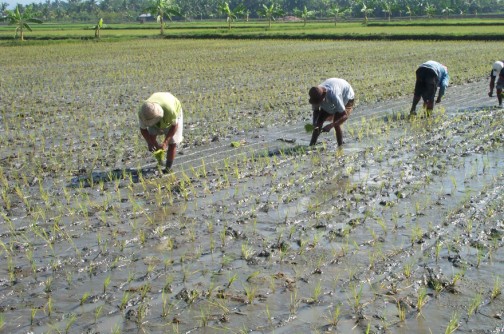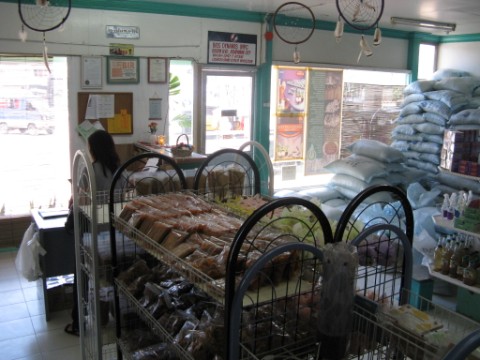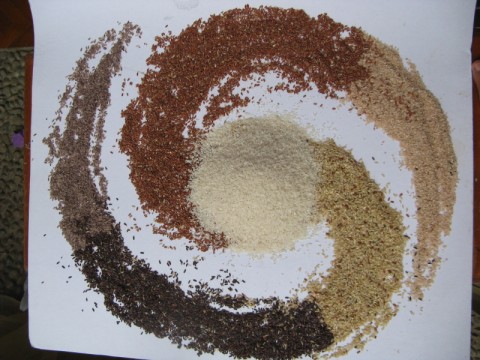Single News
Biodynamic rice makes its mark
MAKILALA, Mindanao (NNA) – The Philippines is a south-east Asian country – growing by about two million people a year – in which fifty percent of the population lives under the poverty line. Hardly had it begun to recover after twenty years of the Marcos dictatorship when another corrupt president took over. There is only one thought on the mind of many of its people: rice. Now the country has managed a huge step forward: for the first time in almost forty years it will produce so much rice that some of it can even be exported. And those exports include biodynamic black wholegrain rice.
Filipinos mostly eat rice three times a day – if they can afford it. Not surprising, then, that maintaining an adequate supply of rice in the country is given top priority. All the worse, then, that self-sufficiency in rice has been a pious hope for decades – and that is so even though the Asian Rice Institute is located here. This situation led the last president, Gloria Macapagal-Arroyo, to take extreme measures. She bought thousands of tonnes of rice in Vietnam only to let them rot away in specially built stores. The reason for the exercise: part of the excessively large invoice flowed into the private pockets of the family.
The new president, Noynoy Aquino, and his team have succeeded in generating an atmosphere which heralds a new start for the country and in raising self-sufficiency in rice to 97 percent. He is the son of the martyr Ninoy Aquino and his wife, Corazón, the first president after the Marcos dictatorship. In an official ceremony headed by the agriculture minister, Proceso Alcala, the first shipment of rice was sent on its way abroad in May for the first time since 1973. It consisted of high-quality indigenous varieties of rice which are not available in countries such as Vietnam and Thailand. Alongside the white, aromatic Jasponica rice from the island of Luzon, it also included produce from the anthroposophically based Don Bosco Foundation in Mindanao. “We are pleased about the successful cooperation with the government,” says Romano Laurilla, general manager of the Don Bosco Foundation. “In the interest of our farmers, we hope that this is a first modest start and that their income will continue to develop positively.”
The Don Bosco Foundation developed out of a Catholic youth initiative on the island of Mindanao which from the beginning to the present has been supported with substantial Austrian development funds. In the course of the 30 plus years of that joint development, the operators of the foundation grew inceasingly close to anthroposophy and a few years ago joined the Anthroposophical Group in the Philippines. Biodynamic agriculture is seen on the civil war-racked island as a “peaceful” form of agriculture and many guerrillas have swapped their machine guns for spades. Currently the farmers who have come together in Don Bosco cultivate about 500 hectares of rice, including many indigenous and regional varieties which are being preserved in a living seed bank.
Don Bosco launched Bios Dynamis shops eight years ago to market it own and other organic produce. In the meantime there are several outlets on Mindanao and one also in the Metro Manila capital region. News about the exceptional quality of the Don Bosco products has spread not least through these shops. The result was now the first shipment of 15 tonnes of black rice to Dubai. One tonne was sent to Germany last year as a trial. In earlier times black rise was forbidden to the common people and reserved exclusively for the royal family. The tegut chain of food shops intends to offer more of this rice in the future which, scientists say, has a particularly beneficial effect on the thinking.
END/nna/wsh
Item: 131015-01EN Date: 15 October 2013
Copyright 2013 News Network Anthroposophy Limited. All rights reserved.




